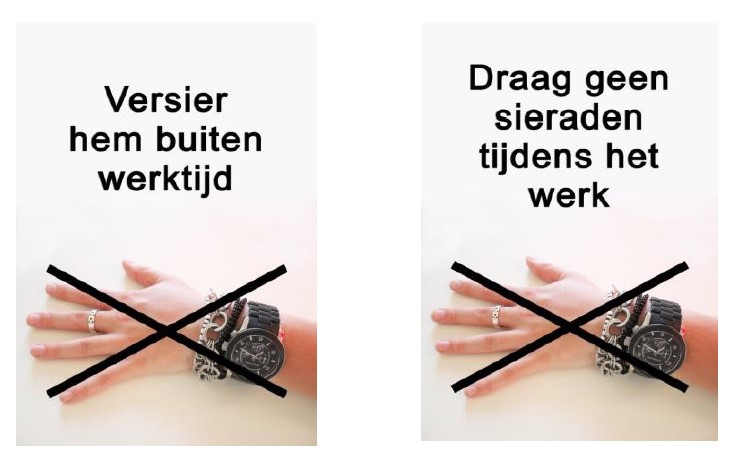Wie bereits erwähnt, wird das Holzschnittverfahren zum Hochdruck gezählt. Das bedeutet, dass aus der dünnen Holz- oder Linolplatte reliefartige Teile herausgeschnitten werden. Dadurch bleiben dann einige erhabene Teile auf der Platte, welche dann die zu druckenden Stellen darstellen.
Ursprung
Man kann die Ursprünge des Holzschnitts, sowie des Druckens gesamt, in China finden. Als Vorstufen zu diesem Druckverfahren können geschnittene oder geformte Stempel und Siegel genannt werden. Ein 868 datiertes chinesisches Holzschnittbuch lässt darauf deuten, dass bereits zuvor die Technik definiert und weiterentwickelt wurde, da das Buch ein hohes technisches Wissen aufweist. Einer der ältesten asiatischen Holzschnitte stammt aus einem Tempel in Korea, welcher auf 751 datiert werden kann.

In Europa etablierte sich die Technik erst wesentlich später. Durch die Papierproduktion in Papiermühlen im deutschsprachigen Raum um 1390 wurde der Grundstein für diese Drucktechnik geschaffen. China wird hier ebenso als Vorreiter der Papierproduktion mit einem Start 105 n. Chr. gezählt. In Europa entwickelte sich es 1144 in Valencia, Spanien und verbreitete sich in den Folgejahren.
Dadurch konnte ein ausdifferenziertes Holzschnittverfahren etabliert werden, bei welchem Zeichner:innen Entwürfe direkt auf der Holzplatte anfertigten, welche weiters von Formschneider:innen geschnitten und von Briefmaler:innen gedruckt und koloriert wurden.
Vorwiegend wurden Einblattdrucke mit Abbildungen von Heiligen sowie Spielkarten bedruckt. Meist stand Birnenholz, für feine Abbildungen hartes Holz wie Buchsbaum oder für großflächige Werke weiches Lindenholz in Verwendung. Vor der Erfindung des Buchdrucks wurde der Holzschnitt verwendet, um gesamte Bücher herzustellen. Nach der Erfindung standen der künstlerische Aspekt und die Erschaffung detaillierter Bilder, die den Text unterstützen sollten, im Fokus. Immer weiter entwickelte sich der künstlerische Zugang zu der technisch-ausdifferenzierten Technik. Schon in der zweiten Hälfte des 15. Jahrhunderts konnte eine Tendenz zu schraffurartigen und realistischen Bildern erkannt werden, welche durch den Künstler Albrecht Dürer immer mehr an Ansehen gewann. Durch die Entwicklung des photographischen Klischeedrucks wurde die Drucktechnik weitgehend als unökonomisch eingestuft. Inzwischen wird er vorwiegend in kleinen Auflagen für experimentellere, künstlerische Einsatzgebiete verwendet.

Technik
Auswahl der Holzart
Generell kann jede Holzart für die Anfertigung des Holzschnittes verwendet werden. Für feine Abbildungen empfiehlt sich Ahorn-, Apfel-, Birnen-, Nuss- oder Kirschenholz, da diese eine gleichmäßige Struktur aufweisen und somit präzise Linien abgebildet werden können. Pappel-, Gabun- oder Fichtenholz eignen sich vor allem für großflächige Arbeiten. Für experimentelle Arbeiten werden auch rissige oder verwitterte Hölzer verwendet, da diese durch ihre Maserung besonders lebendige Drucke erzeugen.
Schnittwerkzeuge
Eingesetzt werden Stichel mit Holzgriff die generell zur Bearbeitung für Holz dienen. Ebenso werden der Geißfuß, welcher ein messerartiges Gerät mit V-förmiger Schneide ist, und das Hohleisen, welches in verschiedener Ausführung gerade, gebogene und gekröpfte Formen darstellen kann, verwendet. Ebenso werden inzwischen maschinelle Werkzeuge verwendet, um den Prozess zu vereinfachen.
Druckfarben
Man unterscheidet zwischen wasser- und fettbasierten Druckfarben. Durch die Verwendung von wasserbasierten Farben wie Aquarell kann eine Farbmischung erzeugt werden. Mit ölhaltigen Farben können präzisere Überlagerungen erstellt werden. Zu Beginn wir mit einer Rolle eine dünne Farbschicht aufgetragen worauf anschließend das Papier gelegt wird. Im letzten Schritt wird durch den Druck einer Presse der Schnitt auf das Papier übertragen.

Quellen:
Chinesischer Holzschnitt. In:
https://www.druckstelle.info/de/holzschnitt_china.htm#oben
Holzschnitt. In:
https://www.druckstelle.info/de/holzschnitt.aspx
Papiergeschichte. In:
https://wv.papierindustrie.nrw/papierfakten/papiergeschichte
Holzschnitt Technik. In:
https://holzschnitt-feldmeier.de/holzschnitt.html
Was ist ein Holzschnitt? In:
https://fineartmultiple.de/glossar-der-druckgrafik-und-editionen/was-ist-ein-holzschnitt/
Eine kleine Geschichte des Holzschnitts. In:
https://www.kunststiftung-sachsen-anhalt.de/eine-kleine-geschichte-des-holzschnitts/

